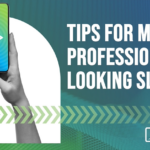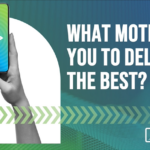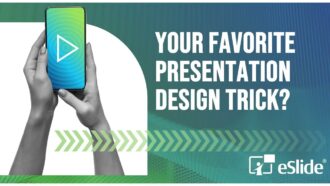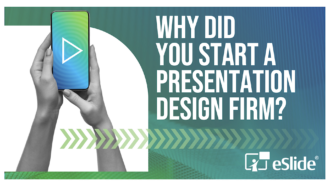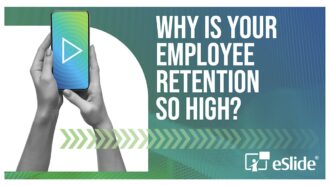Revamp Your Presentations Using Color Psychology (Infographic)
Guest Post by Jodie Manners
![Color Psychology for Your Website [INFOGRAPHIC] - An Infographic from UKWebHostReview](https://eslide.com/wp-content/uploads/2020/04/colour-psychology.jpg)
Embedded from UKWebHostReview
Half the world’s workforce is stuck at home under lock-down. And many businesses have chosen to wind down and ride out the coronavirus storm. Which means many of us have been left twiddling our thumbs in front of half-idle laptops.
But there are plenty of things we could tweak, improve or renew while we have a bit of spare time and we think it should be your presentations. Which is why we’ve put together this post.
It introduces the science of color psychology so you can understand how colors make your audience think, feel and behave. And then use these insights to your advantage the next time you put your slides to work.
But first…
What is color psychology?
Color psychology is the study of how different colors or combinations of colors affect human thoughts, feelings and behavior. It’s studied by psychologists, but it’s relevant to a whole range of professions from architecture and design to business studies and cookery.
If you really stop to think about it, color is everywhere. Which means it’s effects are all around us as well.
Let’s take a look at a few examples of how color psychology can be applied in the real world. Let’s say you want to…
- Understand why people are put off by blue foods.
- Work out why your employees are productive on one floor of your building but not the other.
- Find out why your recent re-brand isn’t getting the response you expected.
- Investigate why your male audience responds better to brand assets that use black than those that use purple.
Color psychology has answers to all of these questions and the data to back them up.
Why does it matter to your presentation?
Visuals matter! They’re a powerful part of your business PowerPoint presentation and can do a lot of the hard work of winning over an audience for you. Here are a few facts you’ll want to keep in mind when considering whether to optimize your presentations with color psychology:
- Research shows that color is the first thing an audience notices about a new visual and that it contributes 62-90% of their first impression of it.
- When you use color in presentation and reporting materials, it enhances your audience’s decision-making.
- People understand information better and remember more of what they’ve read when those messages are accompanied by color.
So, if you want your audience to warm to you quickly, understand what you’re saying and make better decisions based on what you’ve said, you want to use the right colors in your presentations.
What colors are right for your presentation?
The infographic below summarizes current research on 9 of the most common colors used in business and branding worldwide. In it, we look at what red, green, purple, blue, yellow, orange, pink grey and black mean, how they make people feel and what brands use them best.
To choose the right colors for your presentation, you should ask yourself the following three questions…
What am I trying to achieve with this presentation?
If you’re pitching a service and want to inspire the listeners to action, using reds and oranges for calls-to-action can draw more attention and create a sense of urgency in your audience.
On the other hand, if you’re creating an internal report, using colors like blue and green can project a sense of calmness and trust.
What colors suit my brand’s personality?
If you’re creating a pitch-deck or other sales-related presentation, the ‘look’ will probably be driven by your existing brand colors. But you might need to include other hues. Especially if you’re in the early stages of business development and your logo and other brand assets are a little limited.
In this case, make sure any additional colors suit your brand’s personality. For example, use grey if your brand is more youthful and futuristic or black and blue if it’s more mature and traditional.
What colors suit my target audience?
There should be a clear connection between the colors you use to present your offer and the expectations your audience has surrounding that product or service.
For example, if you’re pitching high-end goods to a wealthy and sophisticated audience, you’ll want to use blacks, greys and purples because these colors are traditionally associated with luxury.
If, on the other hand, you used reds and yellows, you’d create a mismatch between your offer, your presentation and your audience because these colors are associated with cheapness and affordability. Hence why so many fast-food chains use them.
Once you’ve given these questions some thought, take a look at the infographic below and match your brand personality, audience and offer to the meaning of these specific colors.
Jodie is a Conversion Copywriter, Content Strategist and Optimisation Specialist working with bold B2B SaaS and tech brands. Before founding This Copy Sticks, she spent a decade selling the toughest value proposition around and raised £2 million for charities before her 25th birthday. After 10 years in fundraising, she decided to put her words to work helping tech-mad trailblazers grow their businesses.


